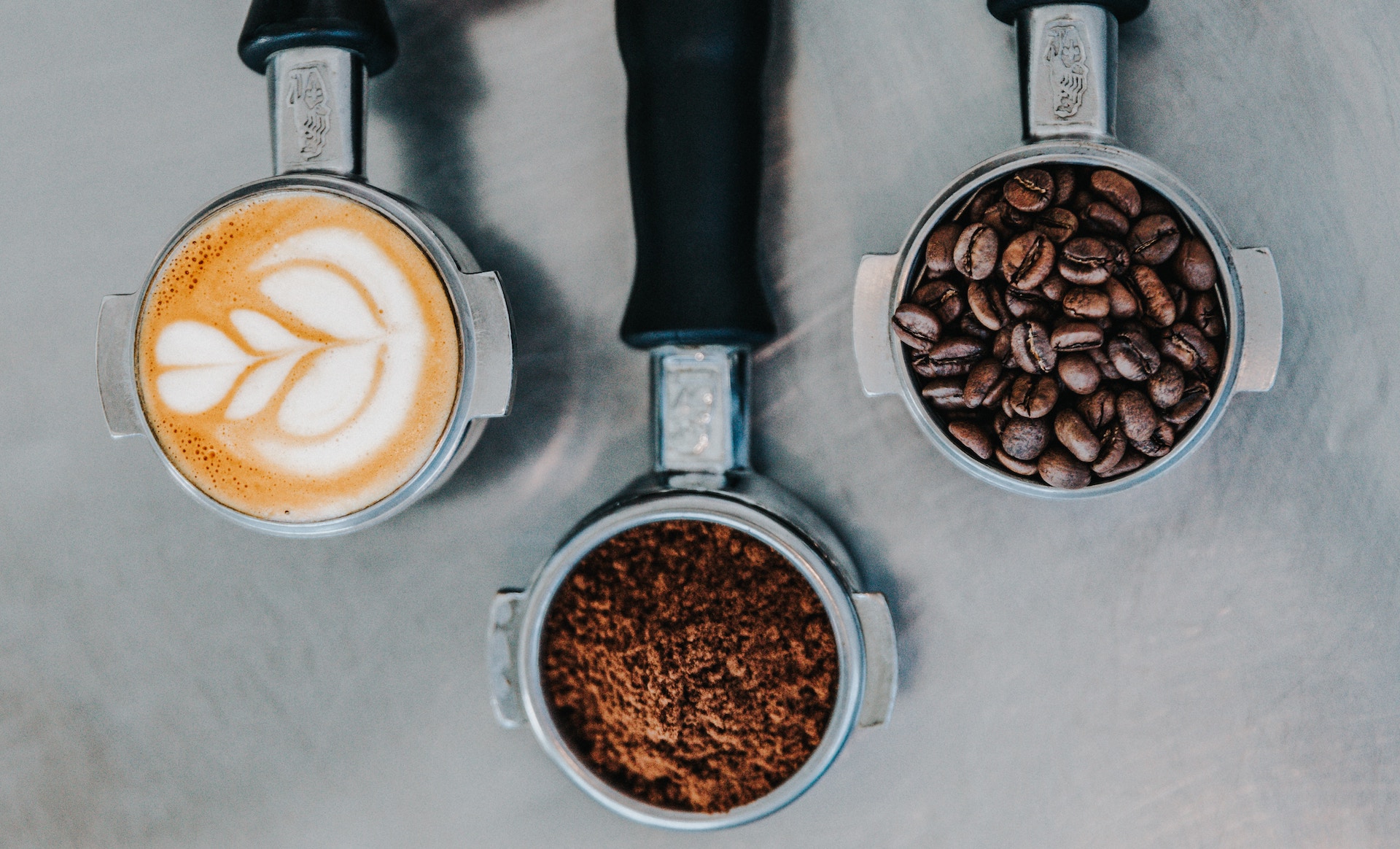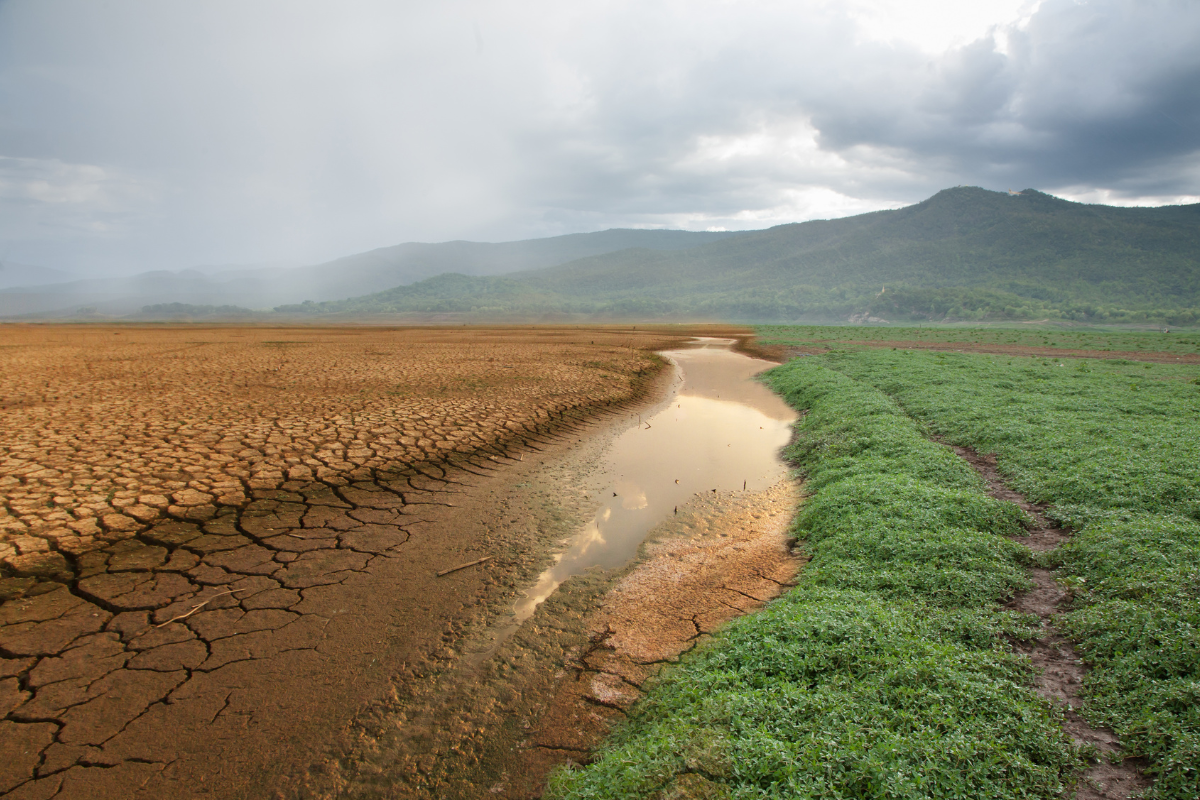As coffee consumers and industry members, it is crucial for us to delve into the complex web of factors that influence the pricing of coffee. In recent years, both Robusta and Arabica coffee have experienced significant price increases, impacting producers, consumers, and the global coffee market as a whole. In this article, we will explore the key elements that contribute to the rising costs of Robusta and Arabica coffee, shedding light on the economic dynamics at play.
Why are Coffee Prices Going Up?

1) Supply and Demand Dynamics
The interplay between coffee supply and demand is a fundamental driver of pricing. When demand outpaces supply, coffee prices tend to rise. Population growth, increased coffee consumption in emerging markets, and shifting consumer preferences towards specialty coffee have contributed to higher demand in recent years. However, supply-side challenges, such as unpredictable weather patterns, pests, diseases, and political instability in coffee-producing regions, have hindered production, leading to reduced supply and subsequent price hikes.
2) Climate Change and Volatility
Climate change has emerged as a significant factor affecting coffee prices. Rising temperatures, irregular rainfall patterns, and more frequent extreme weather events pose substantial risks to coffee cultivation. Both Robusta and Arabica coffee beans are susceptible to adverse climate conditions, leading to yield reductions and compromised quality. As coffee farmers face these challenges, the cost of production increases, which, in turn, is reflected in the higher prices of coffee.

3) Production Costs and Labor
The cost of producing coffee has risen steadily over time. Labor costs, including wages and worker benefits, have increased in many coffee-producing countries. Additionally, the expenses associated with inputs like fertilizers, machinery, and transportation have also climbed. These production cost increases, coupled with the need for sustainable practices and certifications, have added to the overall cost structure of coffee production, impacting its final price.4) Currency Fluctuations
Coffee is an internationally traded commodity, and currency fluctuations play a significant role in its pricing. The value of the currency in coffee-producing countries relative to major trading currencies affects the income earned by farmers when coffee is sold on the international market. Depreciation of local currencies against strong global currencies reduces the purchasing power of coffee producers, compelling them to demand higher prices to cover their costs and maintain livelihoods. Robusta Coffee reaching an all time high in decades.
Robusta Coffee reaching an all time high in decades. [Source: barchart.com]
5) Market Speculation and Commodity Exchanges
Speculation within the coffee market can contribute to price volatility. Financial investors and traders often engage in speculation, buying or selling coffee contracts based on anticipated price movements. This speculation can lead to short-term price fluctuations that may not align with the underlying supply and demand dynamics of coffee. Additionally, coffee futures trading on commodity exchanges can influence prices, as traders and speculators react to market news and sentiment.
In Conclusion: Towards Sustainable Coffee
The pricing of coffee, whether it is Robusta or Arabica, is a complex process influenced by various interconnected factors. Supply and demand dynamics, climate change, production costs, currency fluctuations, and market speculation all contribute to the rising costs of coffee. As members of the coffee industry or community, it is crucial to monitor and analyze these factors to better understand the dynamics of the coffee market and anticipate potential price fluctuations in order to support sustainable and equitable coffee production and consumption practices.
By comprehending the intricate relationship between these factors, members of the coffee industry and community can work together to mitigate risks, promote fair pricing structures, and ensure the long-term sustainability of the global coffee supply chain. As consumers, it is essential to appreciate the value and efforts behind each cup of coffee and support initiatives that promote the well-being of coffee bean farmers and the preservation of this beloved beverage.

